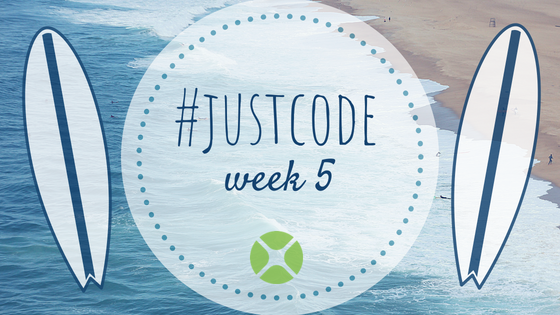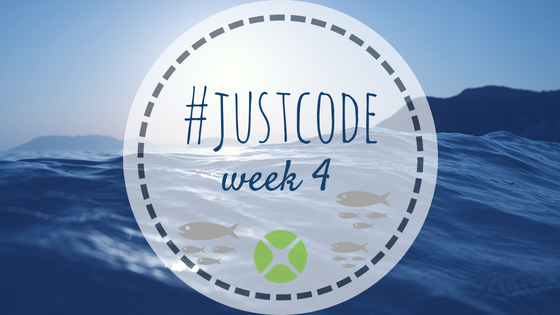Recently we changed the name of Xojo Enterprise to Xojo Pro Plus. This brought about a lot of questions. For users whose businesses rely on Xojo, upgrading to Xojo Pro Plus can be very beneficial. For everyone else in the community, this change doesn’t effect you or your Xojo license.
We offer a range of license types as well as ways for users to get additional help from us. But our help comes at an opportunity cost for us because if we are helping someone with their issue, we aren’t helping others at that time. Xojo Pro users get higher priority support than Xojo Desktop users, who get higher priority support than Xojo Lite users, who get higher priority support than those using Xojo for free. Xojo Pro Plus users get the highest priority support of all.
Here is what Xojo Pro Plus is, what it isn’t and what that means for you.







